If you’ve ever wondered why samurai swords changed over time, this article is for you. By the end, you’ll understand how the length of the katana evolved in the Edo period, why samurai started walking on the left side of the road, and what this tells us about Japanese culture during a long era of peace. Whether you’re interested in samurai history, planning a trip to Tokyo, or considering trying kendo for the first time, this story connects past and present in a fascinating way.
From War to Peace: The Beginning of the Edo Period
After centuries of war during the Sengoku period, Japan entered a new era of stability under the Tokugawa shogunate (1603–1868). At the start of the Edo period, samurai still carried long swords. These long blades symbolized strength and authority, and they were also practical in battle.
But as peace took hold, the streets of Edo (modern-day Tokyo) became crowded with samurai, merchants, and townspeople. In such daily life, a long sword was not always practical and could even cause inconvenience in narrow spaces.
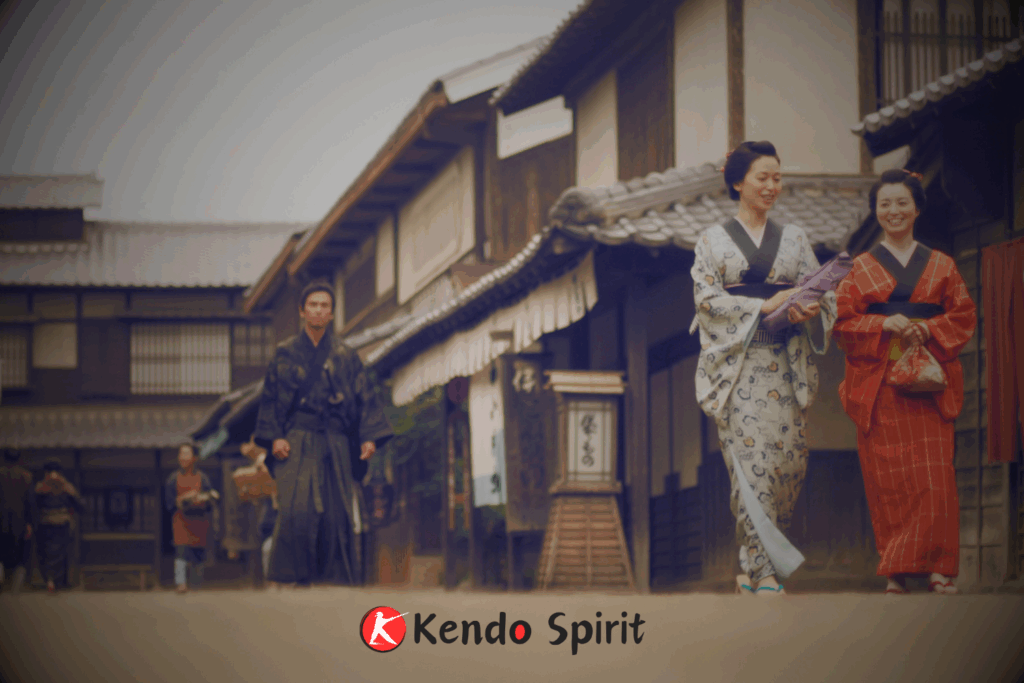
The Problem with Long Swords
Imagine two samurai passing each other on a narrow street. Their long swords, tucked at their waists, could easily bump together—a reminder of how the presence of blades in everyday life carried the risk of tension.
During the Edo period, the Tokugawa shogunate introduced regulations on sword length that varied depending on status and time. For instance, during the early 1600s under the third shogun Tokugawa Iemitsu, samurai and martial arts practitioners were limited to blades of around 2 shaku 3 sun (about 70 cm) or shorter, and from the era of the fourth shogun Tokugawa Ietsuna, the standard was further reduced to about 2 shaku 2 sun 8 bu (around 69 cm). Other classes permitted to carry swords, such as retainers of warrior households, were restricted to about 2 shaku 2 sun 3 bu (around 67.5 cm).
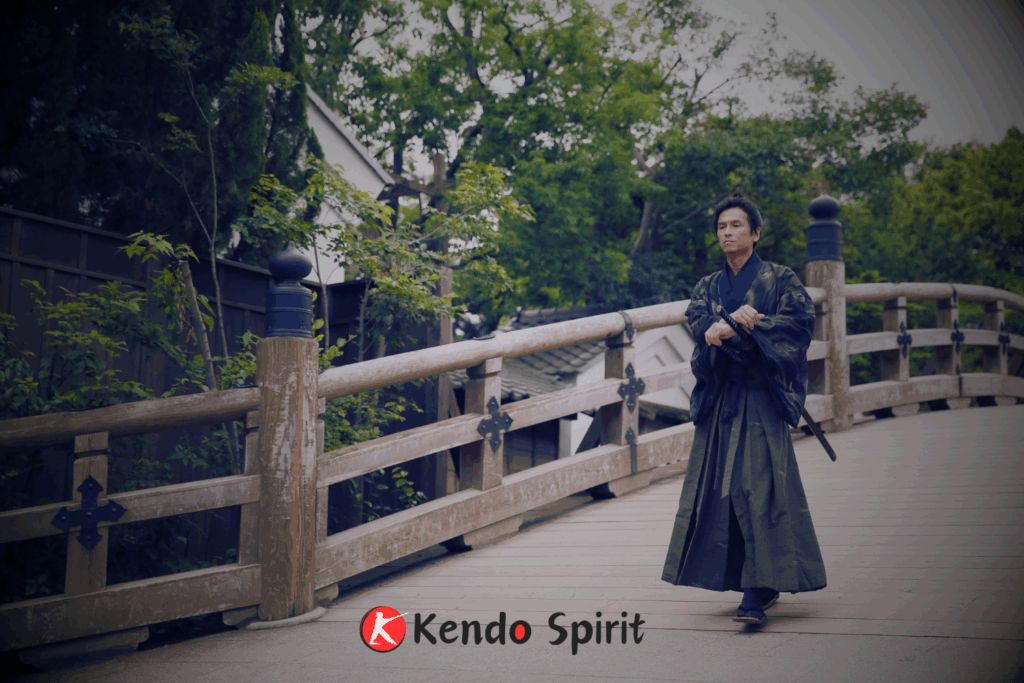
Samurai Walking Rules: The Left Side Tradition
One fascinating theory about the way samurai carried swords is how it influenced their walking. Since the katana was worn at the left side of the waist, two samurai passing on the same side could easily clash. To avoid this, they often kept to the left when walking on narrow streets.
This practice, whether out of etiquette or practicality, may have helped reduce accidents and bring order to crowded Edo streets. Some historians even suggest that such habits were among the cultural roots that later shaped Japan’s modern custom of walking—and eventually driving—on the left side.
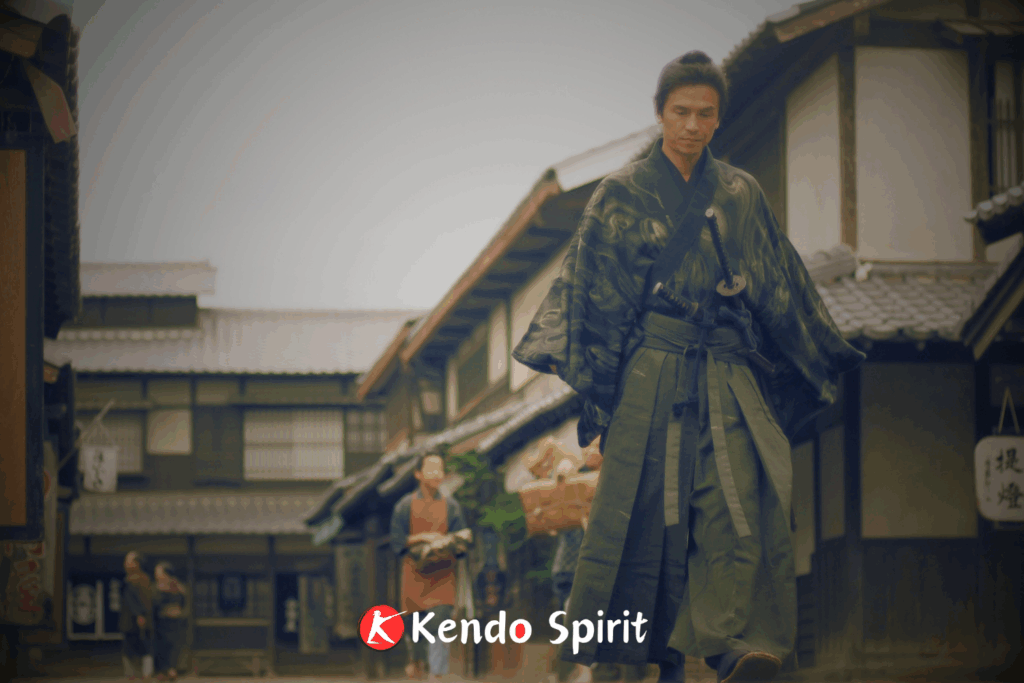
From Weapons to Symbols of Status
As peace lasted for over 250 years, the sword lost its role as a tool of constant warfare. Instead, it transformed into a symbol of samurai identity, social rank, and aesthetic pride.
The katana was no longer about combat—it was about culture. Swords became works of art, with ornate designs, elegant scabbards, and careful craftsmanship that reflected personal style and family heritage.
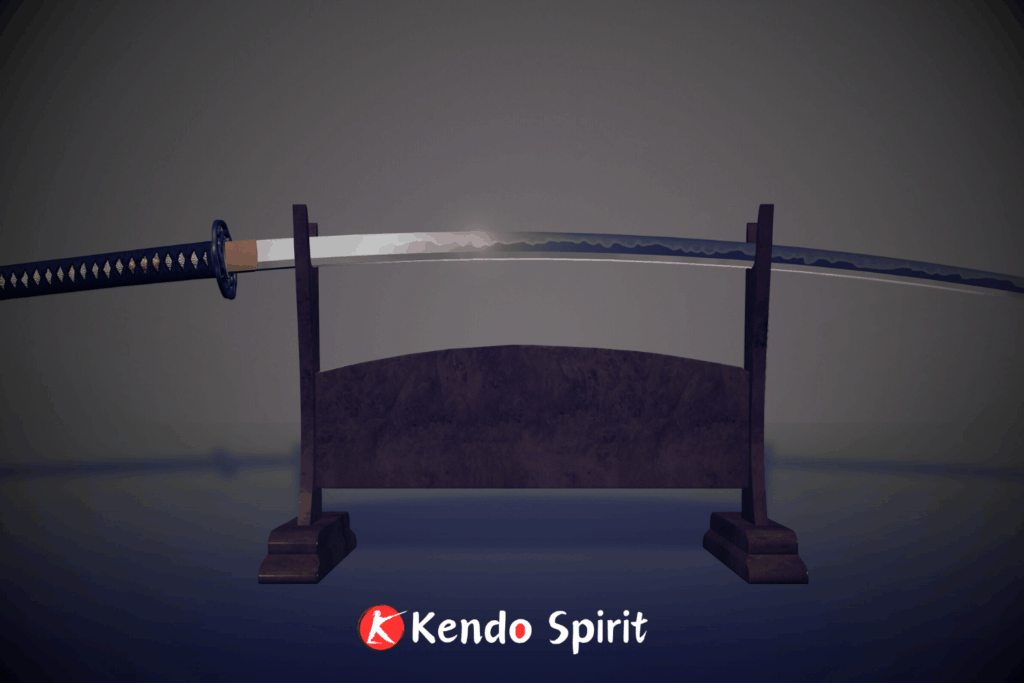
Everyday Life Shaped by the Sword
Even though the sword’s role shifted, it still shaped daily life. Samurai were expected to carry themselves with dignity, avoid unnecessary conflict, and embody the spirit of discipline.
Rules about sword length, walking side, and public behavior reflected a society built on order and respect. For today’s visitors to Tokyo, discovering these details offers a new way to connect with Japanese culture—seeing how everyday customs were influenced by samurai life.
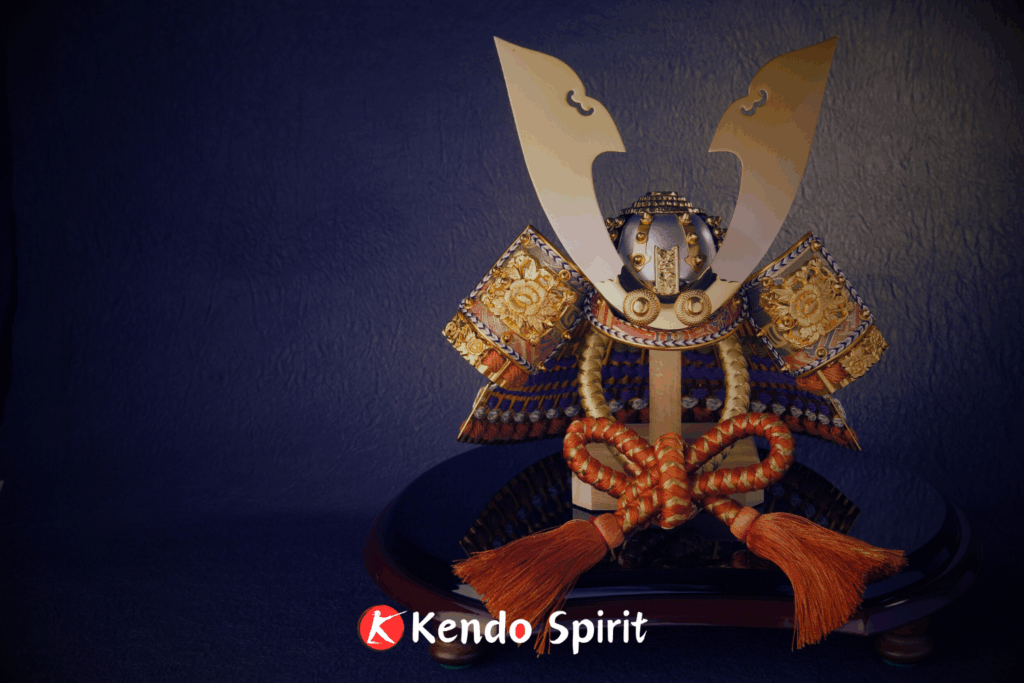
Why This Matters Today
Understanding why swords became shorter in the Edo period isn’t just a history lesson. It’s a window into how peace reshaped Japanese society. What was once a battlefield weapon became a cultural icon. What started as a practical walking rule became part of Japan’s everyday life.
It’s amazing to think: something as simple as sword length influenced how people moved, how they interacted, and even how modern Japan developed.
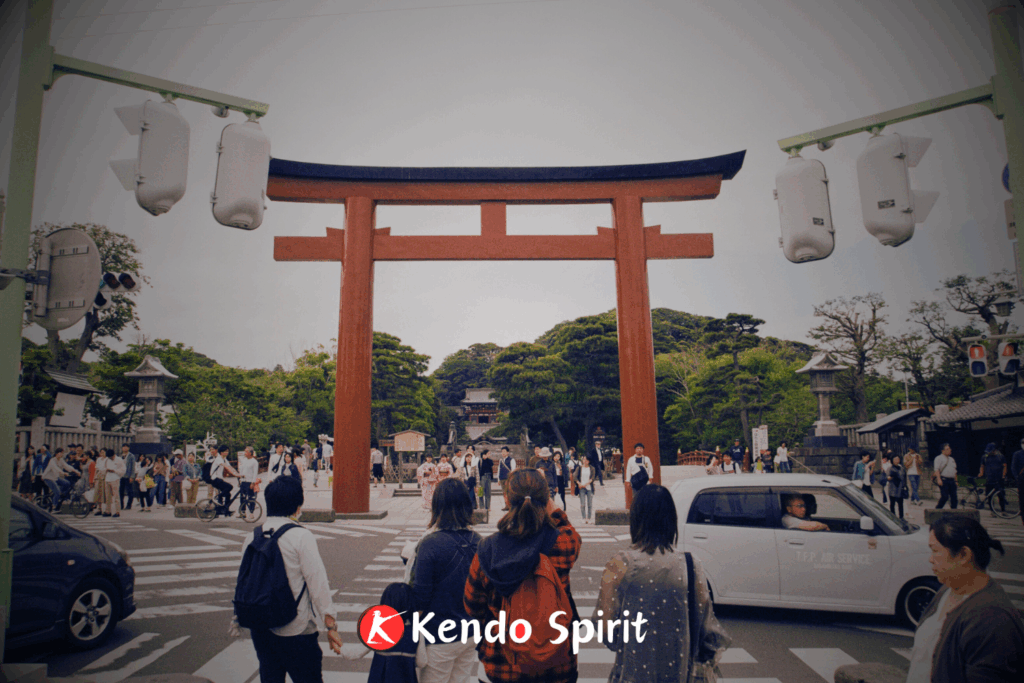
Experience Samurai Spirit Through Kendo
If this story sparks your curiosity, why not step into the world of the samurai yourself? At Kendo Spirit in Tokyo, you can learn the basics of kendo, experience the discipline of Japanese martial arts, and feel the connection between history and modern practice.
Our beginner-friendly kendo sessions are perfect for anyone interested in Japanese culture, samurai traditions, or just looking for a unique activity during your Tokyo trip.
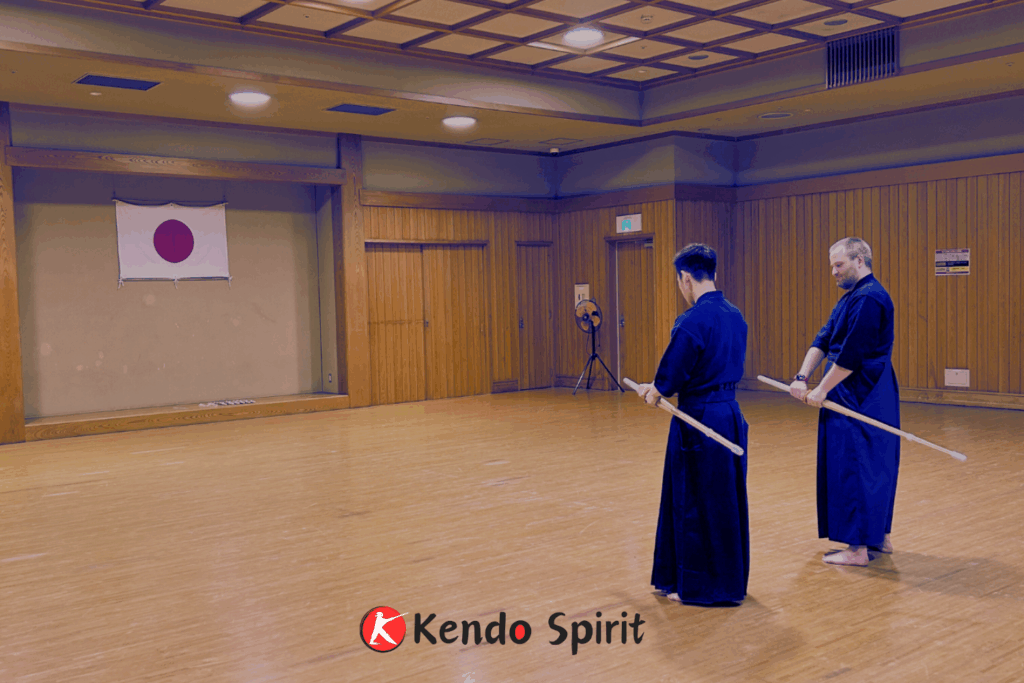
-scaled-e1747969147355.png?1760572030)
-1-scaled-e1747969231809.png?1760572030)
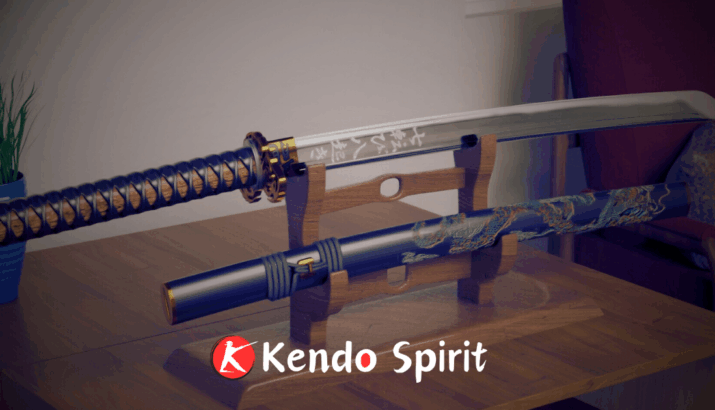
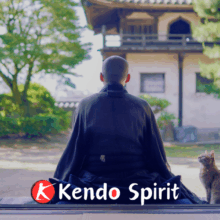
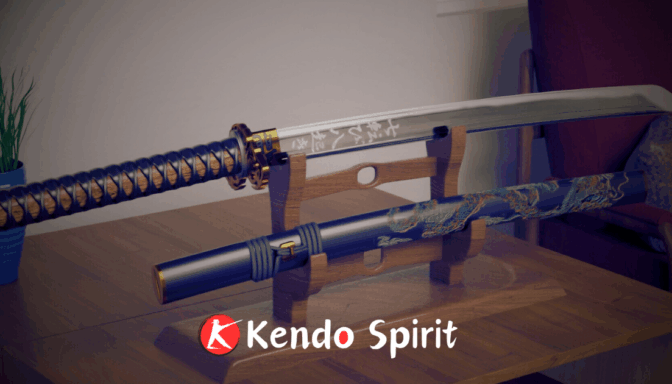

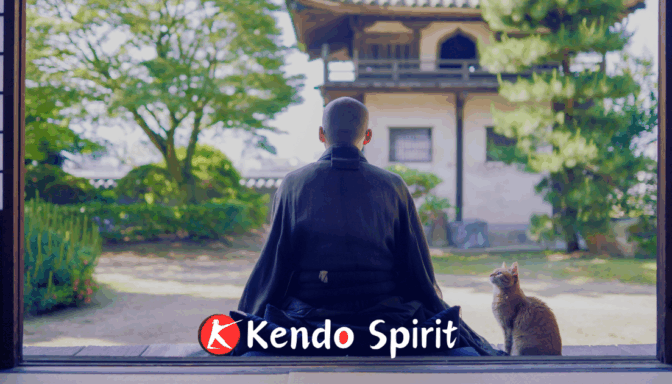
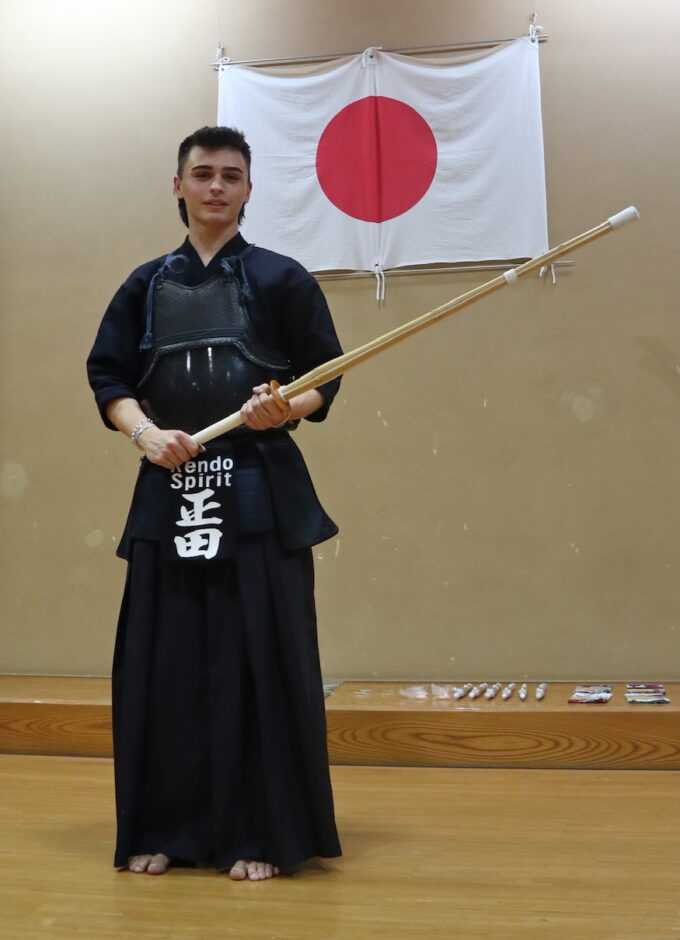
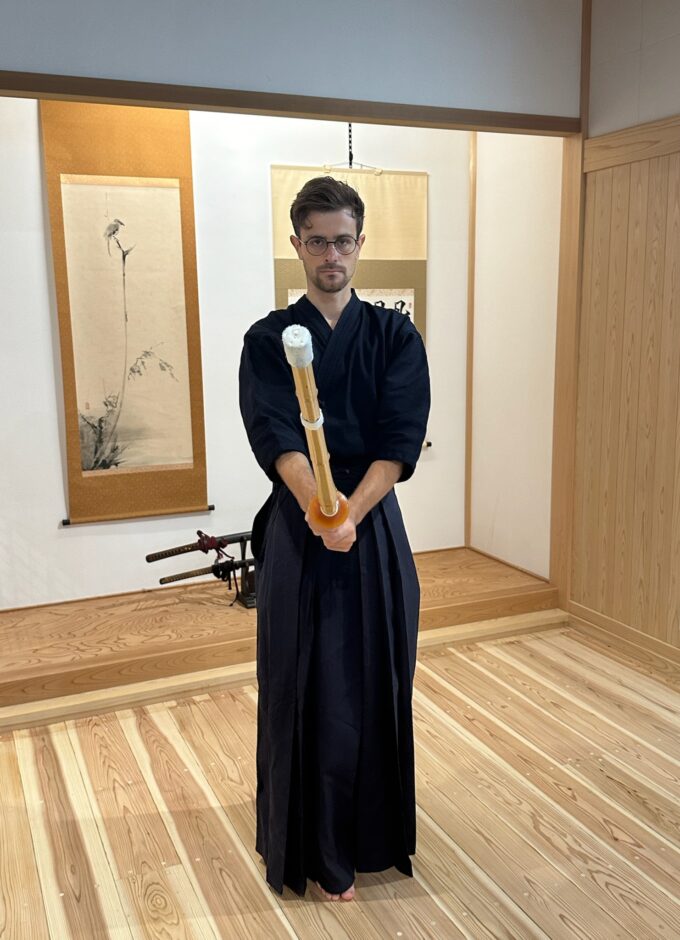
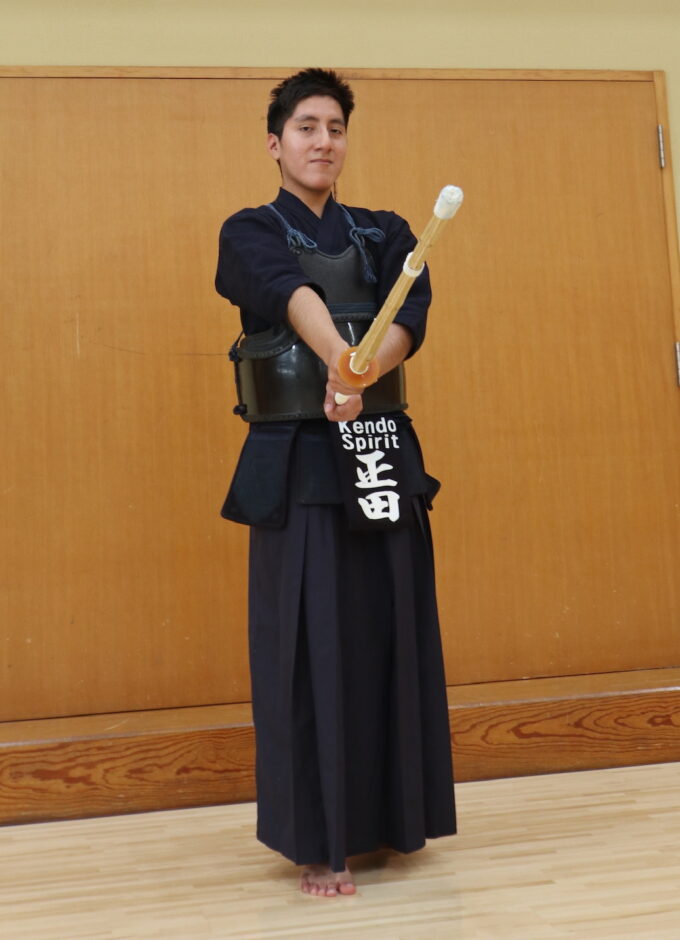
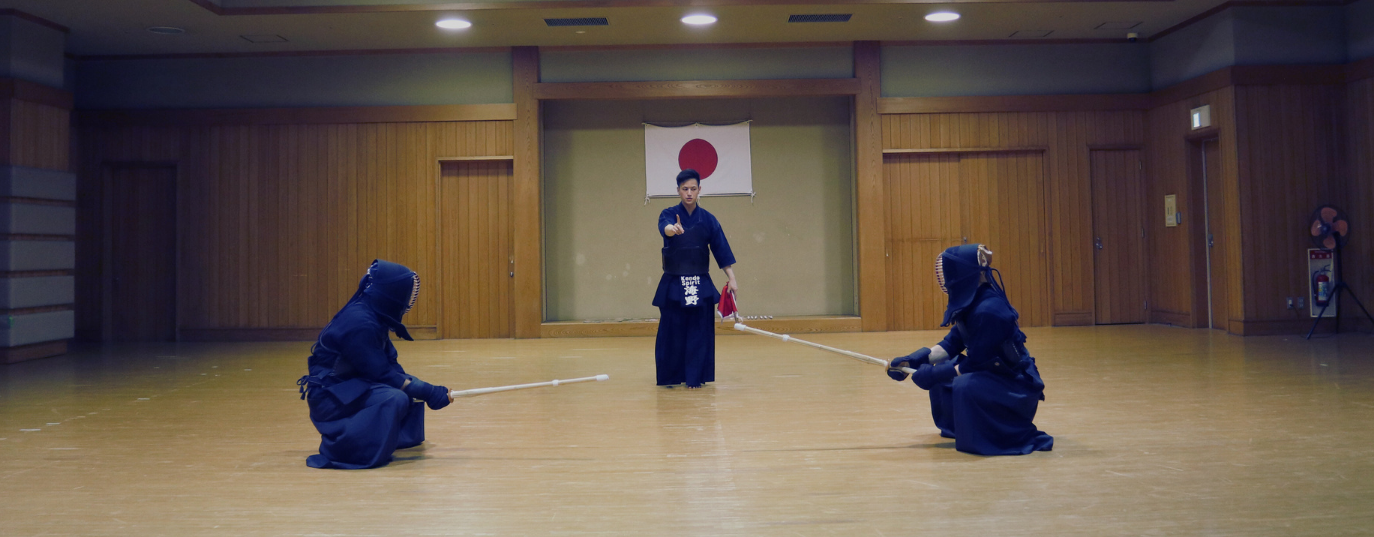
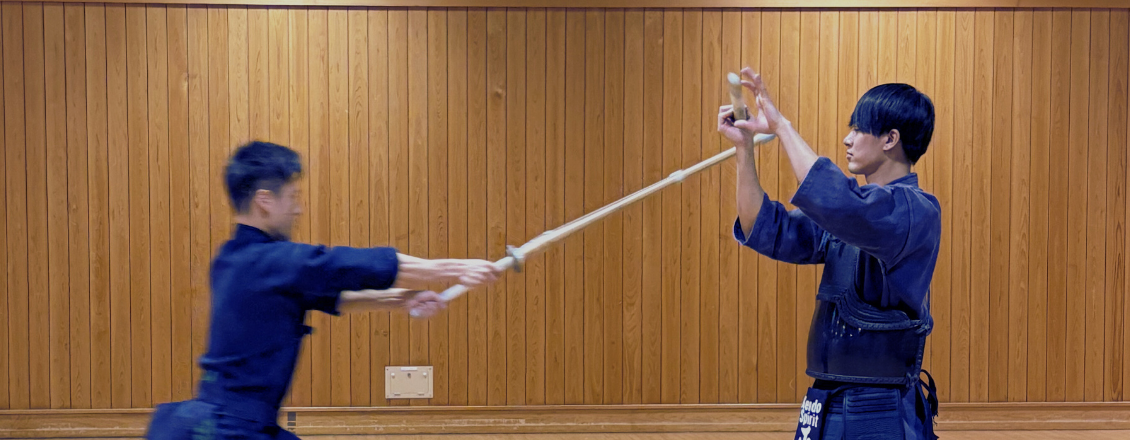
Comment